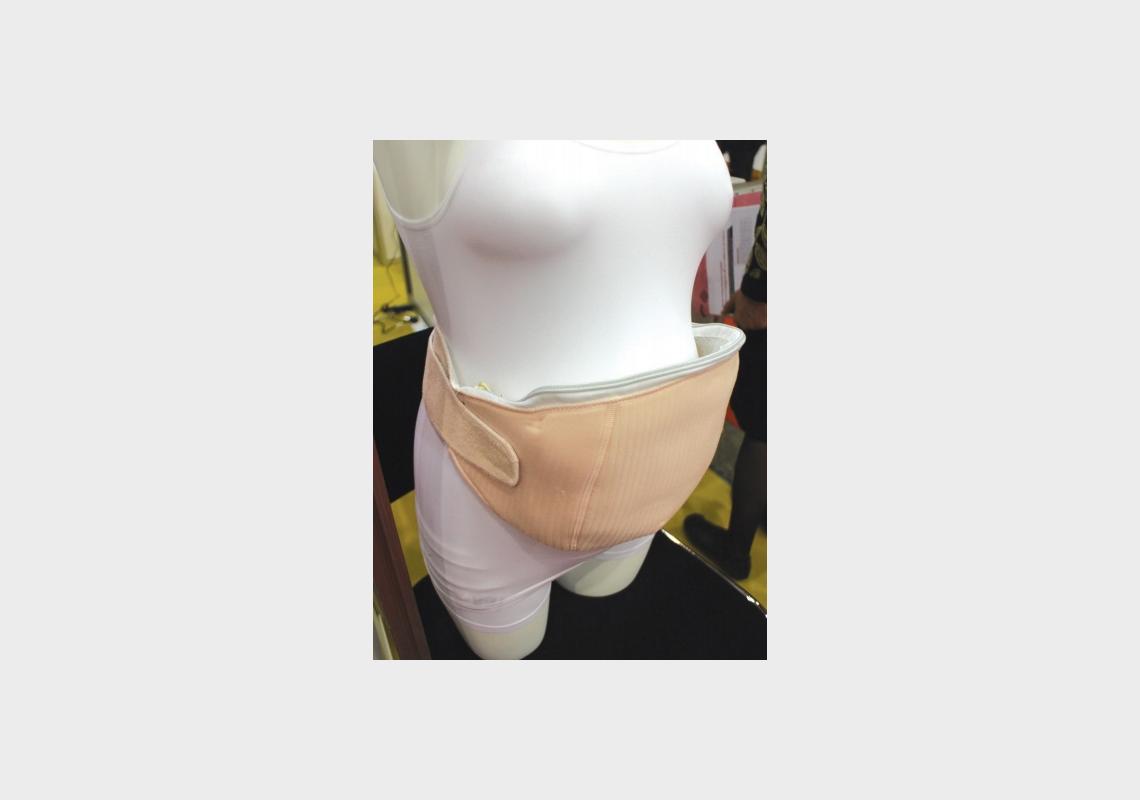Smart Fetal Monitoring Belt.
Fetal movement is an important index of fetal well-being. Timely detection of abnormalities in fetal movement is vital to the avoidance of fetal loss, perinatal morbidity and maternal distress. Through its newly developed fabric sensor pad, the Smart Fetal Monitoring Belt can detect fetal movement automatically in a non-intrusively manner. It is able to enhance fetal care by monitoring fetal health and screening abnormalities with quantitative measurements. The innovative wearable monitoring belt is waterproof and radiation-free. Beside the unique soft sensor pad, it also features a control card and its software. The belt offers robust data acquisition, processing and analysis safely, reliably, easily, and effectively. There are no similar products on the market.
Special Features and Advantages
• Enhances home health monitoring and lowers the costs of healthcare and medical services
• Integrating sensing, textiles and information technologies for healthcare monitoring
• Free of radiation and electromagnetic waves
Applications
• Healthcare and telemedicine
• Smart sensors, internet of things (IoT) and mobile apps
• Data science including acquisition, storage, management, analysis, protection, information sharing and communication
Awards
• Silver Medal – 44th International Exhibition of Inventions of Geneva, Switzerland (April 2016)
• Special Merit Award from Scientific Community of Romania (April 2016)
Principal Investigators
Prof. Jia YOU and Prof. Xiaoming TAO
Department of Computing / Institute of Textile & Clothing
The Hong Kong Polytechnic University
Contact Details
Institute for Entrepreneurship
The Hong Kong Polytechnic University
Tel: (852) 3400 2929 Fax: (852) 2333 2410 Email: [email protected]



